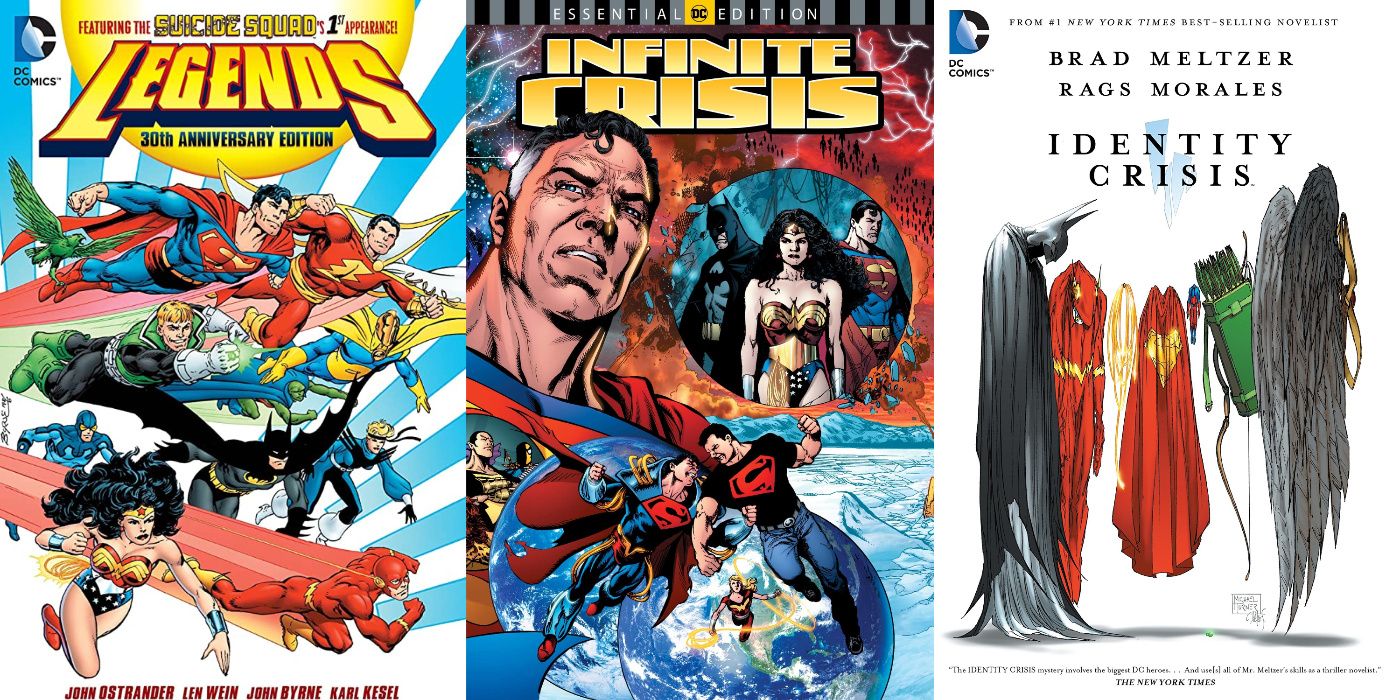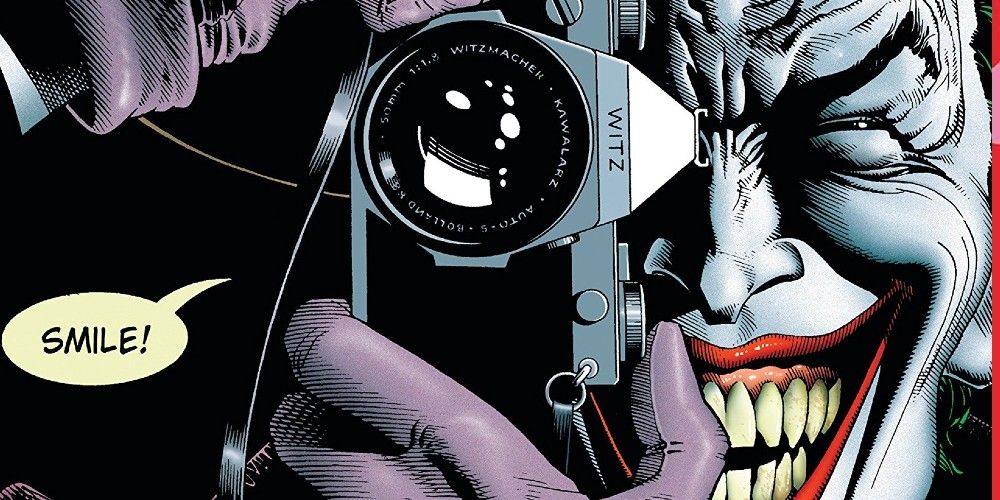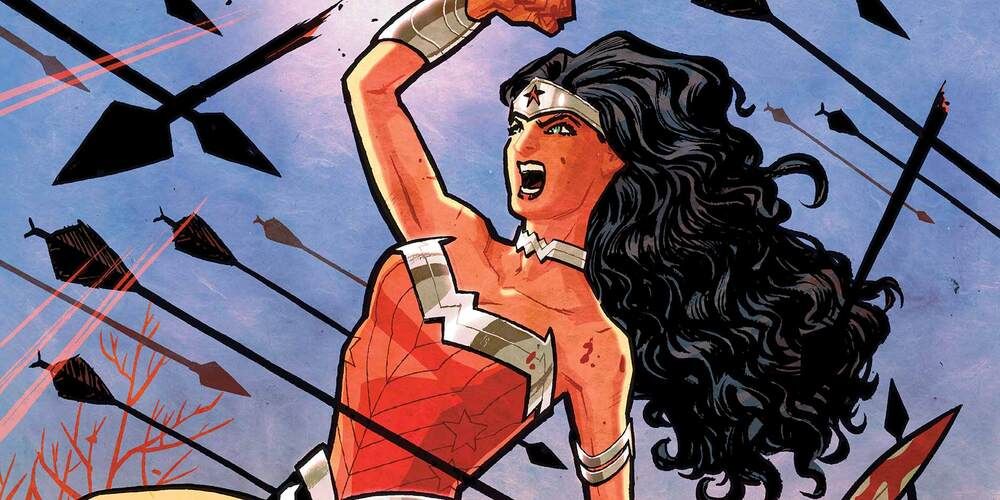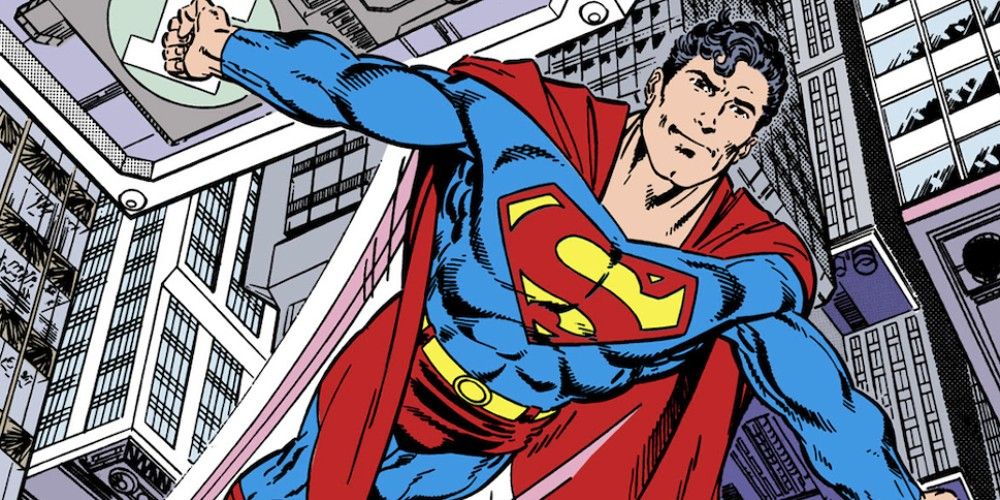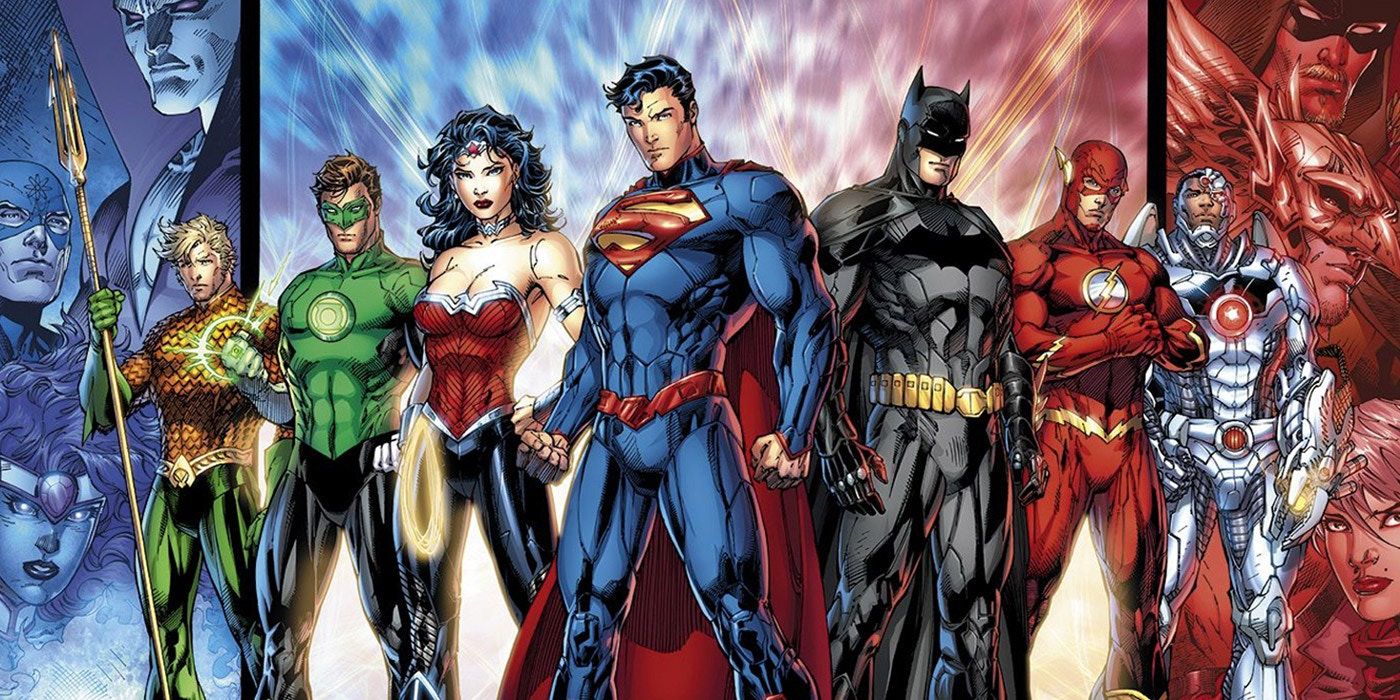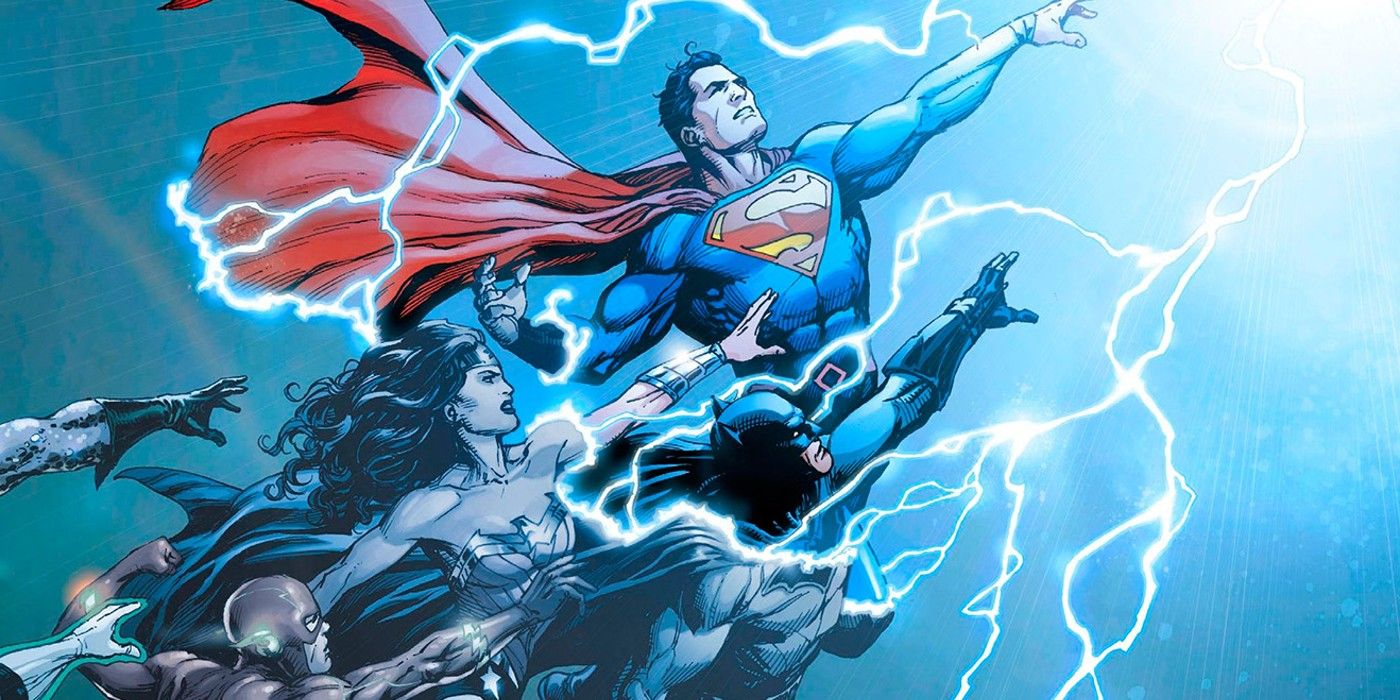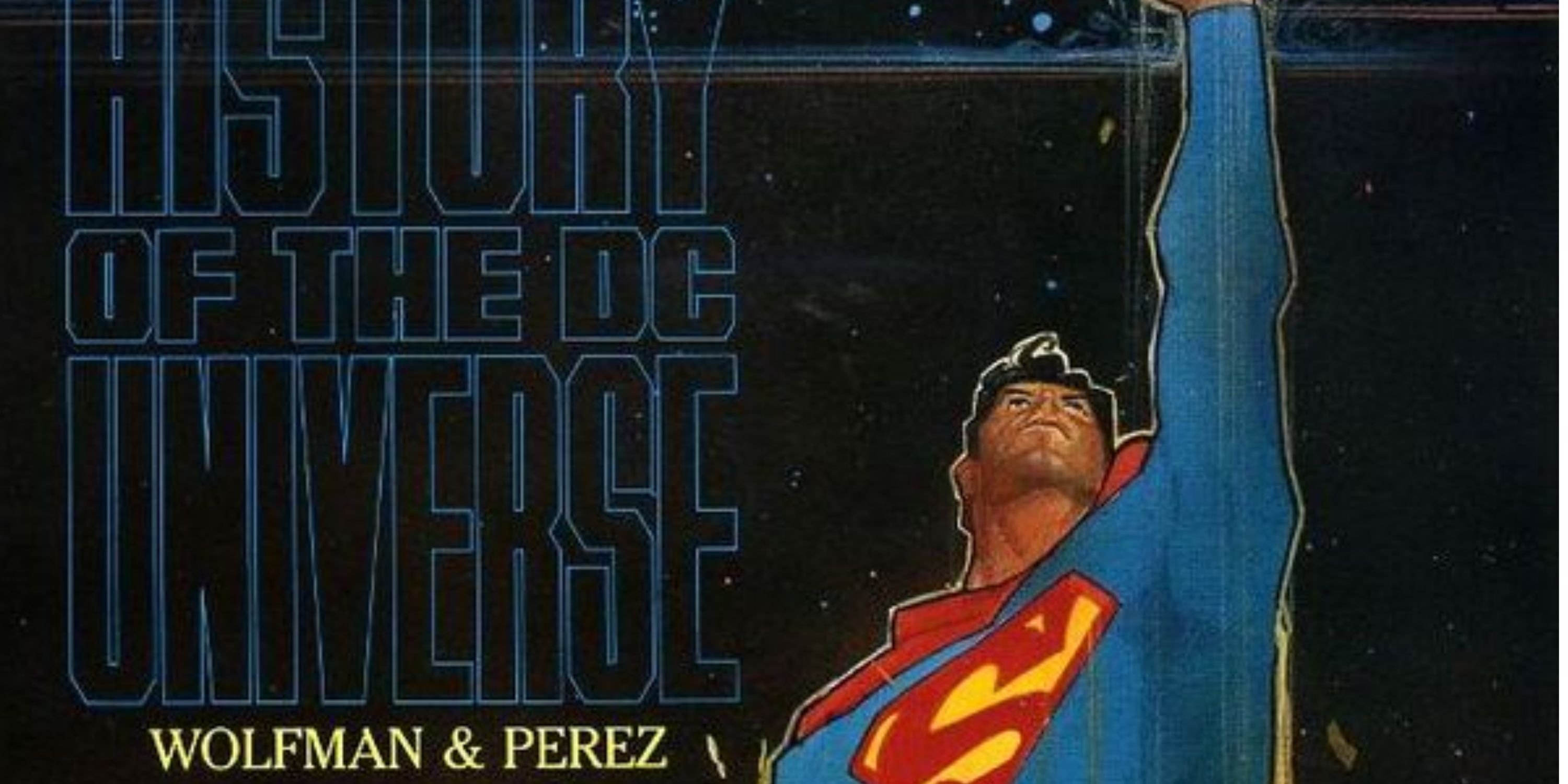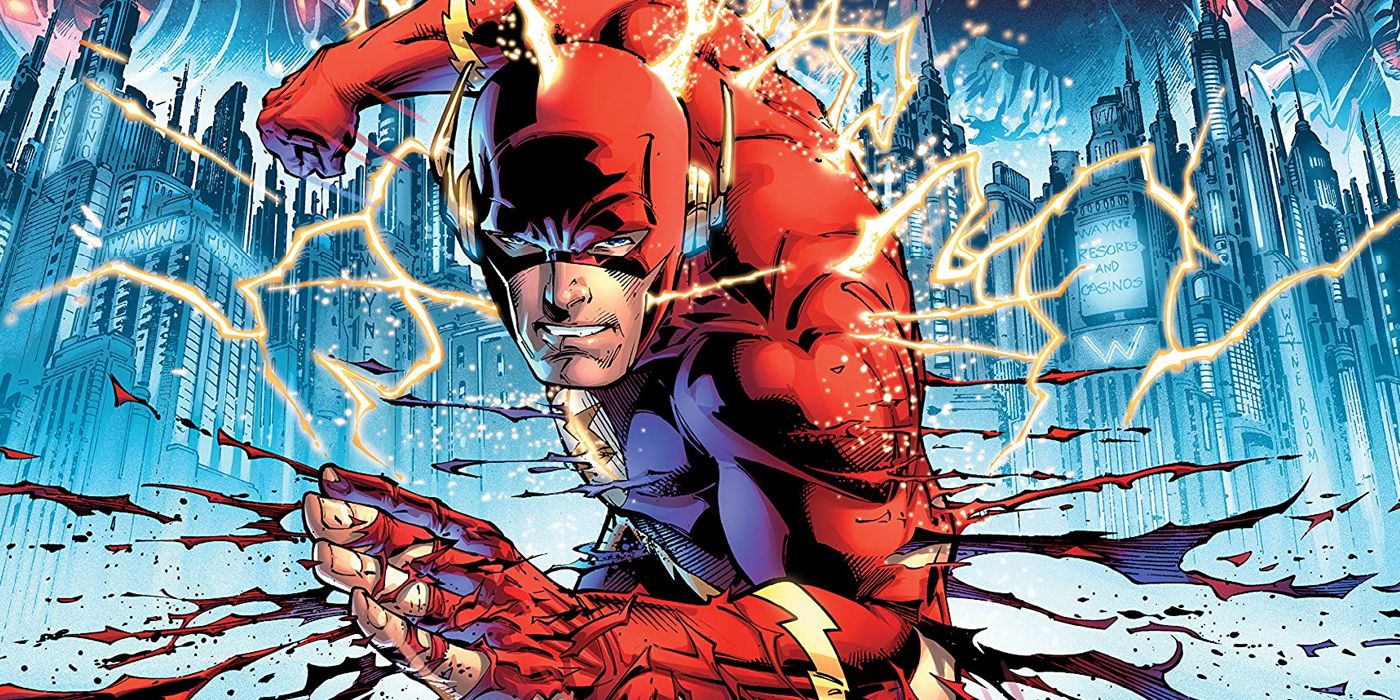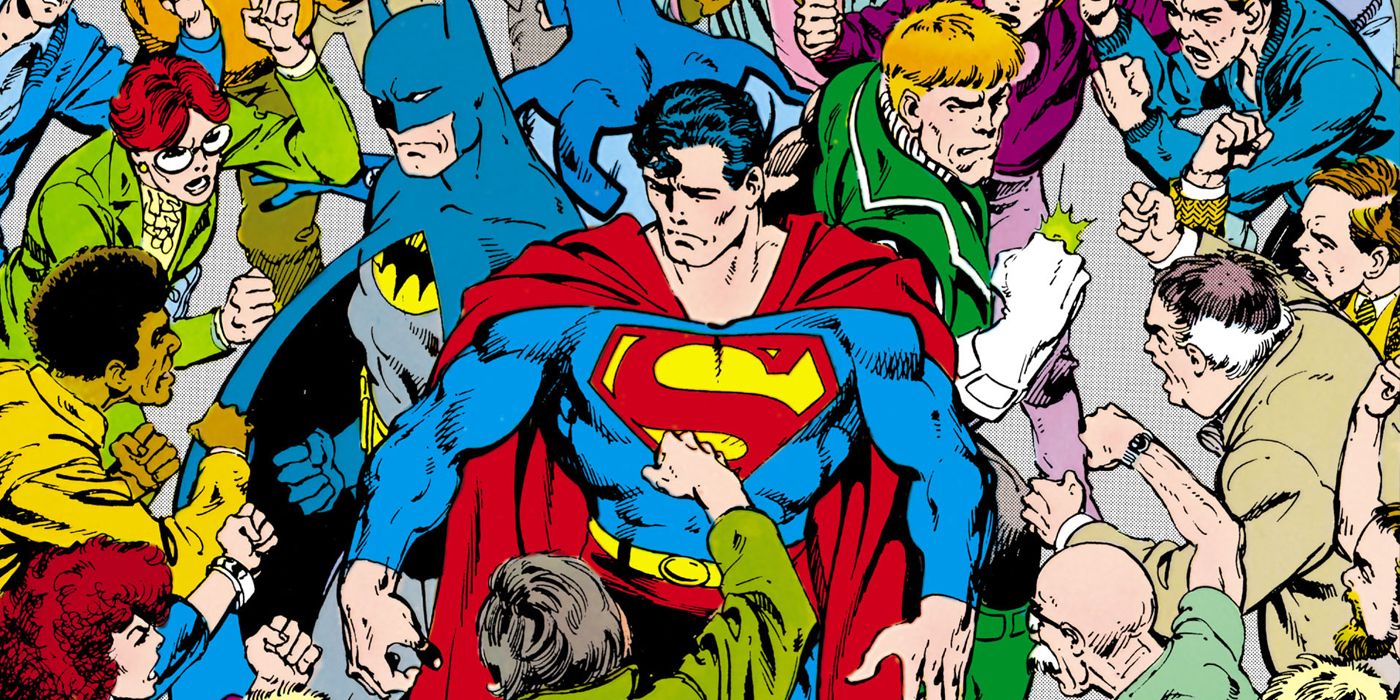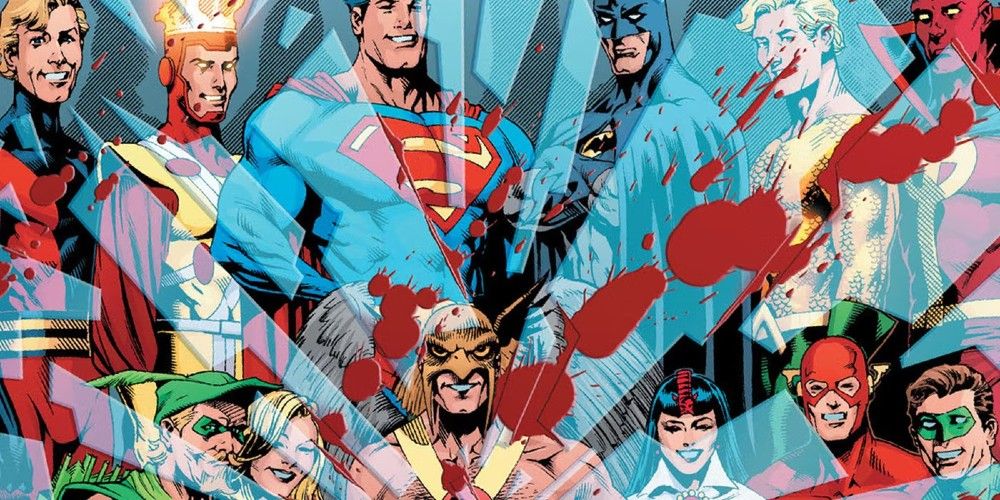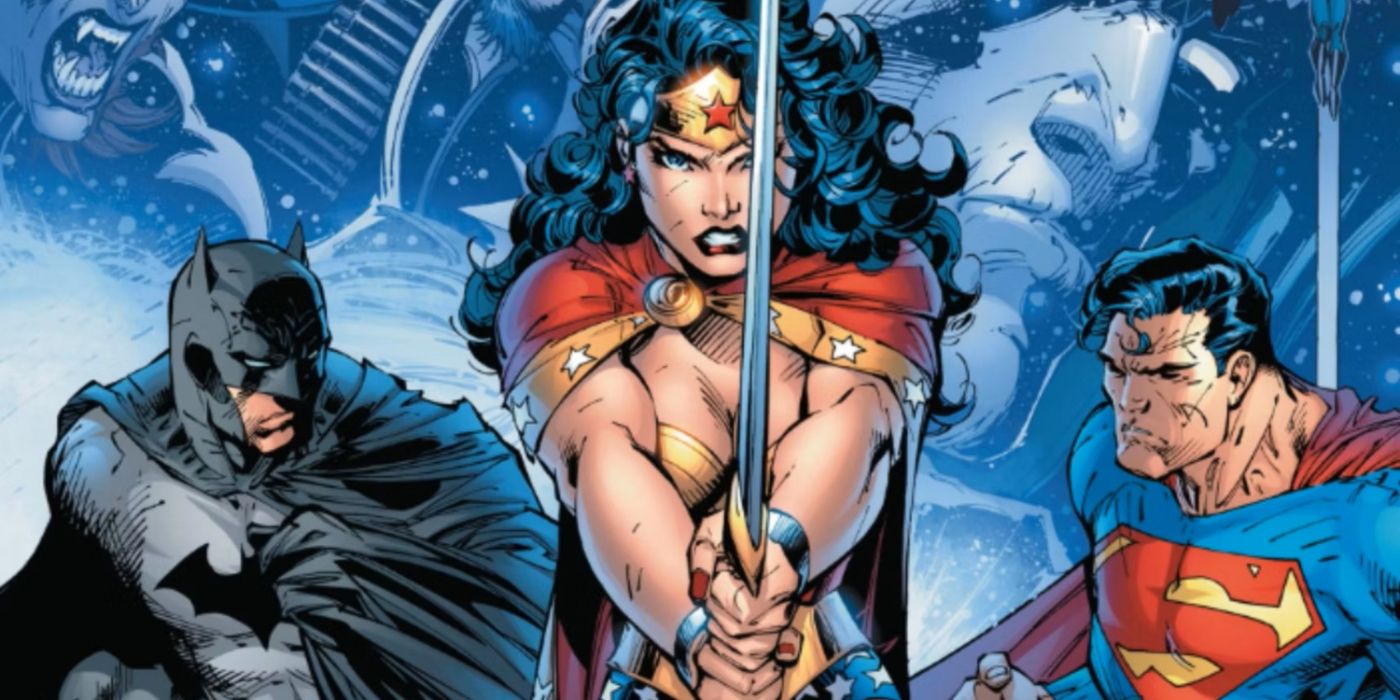DC Comics has left a venerable legacy in the comic industry. The publisher defined what a superhero could be in the Golden Age, brought the concept roaring back to prominence in the Silver Age, and created many of the best comics of all time in the Bronze and Modern Ages. DC has put out iconic stories over the years, many of which have stood the test of time.
However, that doesn't mean that every iconic DC comic has pulled this off. The vagaries of the comic industry and the way society has changed have made some comics age less gracefully than others, as some just don't stand up very well.
10 Batman: The Killing Joke
Batman: The Killing Joke is a brutal Batman comic written by Alan Moore with art by Brian Bolland. It redefined the Joker for a new generation, ended Barbara Gordon as Batgirl, and has graced many best Batman story lists. However, the comic hasn't aged well because of the way it treats Barbara Gordon.
Placing a prominent female character in a story just to brutalize her as a plot point is looked down upon today. No one can deny that it's a well-written and impeccably drawn comic, but readers have long since outgrown abusing female characters just to set the stakes of a story. It will forever be an important part of Batman canon, but there will now be a major caveat attached to it.
9 New 52 Azzarello/Chiang Wonder Woman Run
The New 52 was a blockbuster that couldn't maintain the momentum. One run that was beloved at the time was writer Brian Azzarello and artist Cliff Chiang's Wonder Woman. For 35 issues, the two redefined who Wonder Woman was, changing her into a daughter of Zeus and making the Amazons into violent pirates that assaulted men in order to reproduce.
Themyscira was always a utopia, run by a benevolent and enlightened society of women, but this run destroyed that. It definitely got people's attention, but it's aged like milk. On top of that, making Wonder Woman the daughter of Zeus is mythologically sound, but it felt completely wrong. It took away something special about the character.
8 John Byrne's Superman
Writer/artist John Byrne stepped into post-Crisis DC with the biggest job of them all: relaunching the Superman mythos. He was successful, as the books he was responsible for - Superman and Action Comics - were lauded by fans and critics. Byrne modernized Superman, but that modernization hasn't aged well nearly 40 years later.
Byrne's Superman is the embodiment of a Reagan-era yuppie Superman. Gone is the crusading champion of the oppressed and in his place is the defender of the status quo. While Byrne's art is nothing short of phenomenal, the overly conservative representation of the Man of Steel and the gutting of his mythos in the name of simplification is passé.
7 New 52 Justice League
The Justice League make mistakes, in and out of the fictional DC Universe. Over the years, the team's books have had some dizzying highs but also some corresponding lows. The New 52's Justice League seemed like it would be high. Writer Geoff Johns was beloved and the book's first twelve issues were drawn by Jim Lee. After Lee, artists like Ivan Reis, Jason Fabok, and more would join the book, ensuring it looked amazing.
Justice League was the prime mover of the New 52 line and there were many stories that fans loved at the time, but its current reputation is in the mud. Justice League is endemic of the New 52: it started strong but has become something fans would rather forget.
6 DC: Rebirth #1
What started as a beloved relaunch eventually just felt like more of the same. The whole thing was kicked off by DC: Rebirth #1, by writer Geoff Johns and artists Phil Jimenez, Ethan Van Sciver, Gary Frank, and Ivan Reis. Fans were rabid for this book went it came out, an 80-page comic that seemed to single-handedly make up for the doldrums of the New 52.
The biggest problem with the book is that nothing it teased turned out to be worthwhile. It didn't undo the New 52; just slapped a new coat of paint on it that peeled away within a few short years. It also set up Doomsday Clock and Three Jokers, two books that underwhelmed fans, poisoning its legacy further.
5 The History Of The DC Universe
Marv Wolfman and George Pérez are DC legends. After remaking DC in Crisis on Infinite Earths, the two superstars were tasked with finishing the job with The History of the DC Universe. A twelve issue series that laid out the new history of the now singular DC Universe, it worked to make sense of multiple Earths worth of continuity contracted into one while giving readers a road map for the future.
Anything Wolfman and Pérez do will stand up to a certain degree, but this book represents the DC Universe as it was four or five reboots ago. It's an interesting historical document by an excellent team, but that's all. DC has changed so much since its release, it's little more than well-done apocrypha.
4 Flashpoint
Flashpoint was the precursor to the New 52. Written by Geoff Johns with art by Andy Kubert, it followed Barry Allen waking up in a completely unfamiliar DC universe without his powers. From there, he has to figure out what happened, teaming up with Thomas Wayne as Batman and Cyborg, trying to fix a world that is fundamentally broken.
Flashpoint's creation of the New 52 would be enough to kill off any goodwill, but the story itself is a grimdark slog that baits and switches the reader by making them follow the villain of the story. The art is great, but so much else about the book falls flat.
3 Legends
Legends had a tough act to follow. It was the first event book after Crisis on Infinite Earths, a blockbuster in every sense of the word. Written by John Ostrander and Len Wein with art by John Byrne, the story revolved around Darkseid using Glorious Godfrey to turn humanity against superheroes. The then-beloved comic also introduced the Suicide Squad.
Event books have changed a lot since Legends. It was meant as a primer for multiple books. Modern readers will want more. It's a good read, but Legends' historic pedigree has fallen.
2 Identity Crisis
The 2000s were considered a golden age for DC, the last time they were truly competitive across the line with Marvel. Identity Crisis was a part of why. However, looking at it through a modern lens shows the poor writing decisions DC made with Identity Crisis that were endemic of the edgier 2000s.
Written by Brad Meltzer with art by Rags Morales, this murder mystery showed readers the complexity of the DC Universe. However, it's definitely a product of its time. Edgy and grim, it used the murder and sexual assault of the beloved Sue Dibny as a plot element, something that modern readers just can't get behind.
1 Infinite Crisis
Written by Geoff Johns with art by Phil Jimenez, George Pérez, Ivan Reis, and Jerry Ordway, this sequel to Crisis on Infinite Earths pit the DC Universe against Alexander Luthor, Superboy-Prime, and the Society, DC's villains manipulated by Luthor to muddy the waters. When the smoke had cleared, the DC Universe had changed again and fans were ready for the future.
However, that future was just the Bronze Age all over again. Infinite Crisis undid much of the original Crisis and while it brings the spectacle, twists, and turns an event book needs, it represents DC's often hind-bound attitudes towards its universe and characters. It talks about the triumph of hope, but is grim and bloody, contradicting itself.

